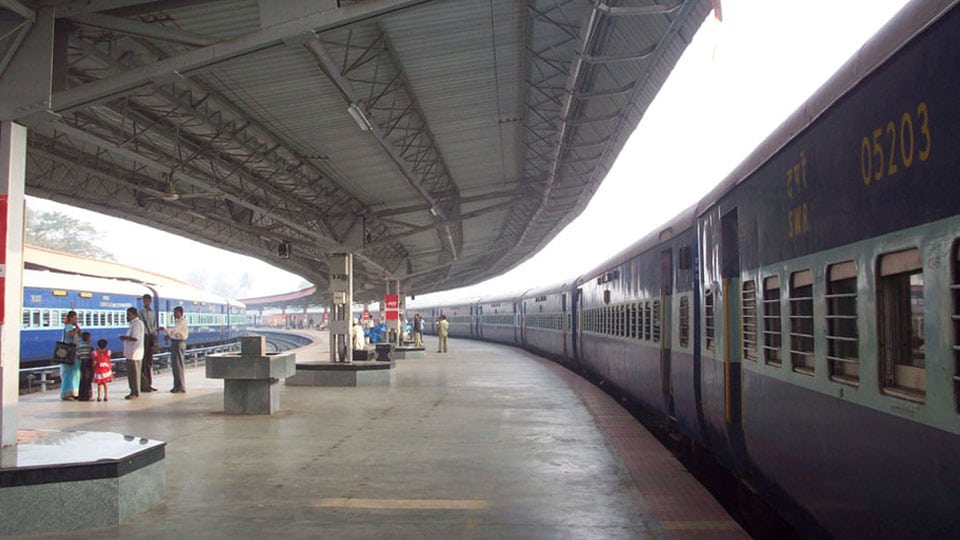Before the development of digital technology in the railway sector, people managed and operated trains manually. At the station, customers had long queues to purchase tickets in person. But now everything has become easier in this digital era. The Internet has made advancements in the field of railways.
Integrating digital solutions in railways aims to provide railway users with a more adaptive, responsive, and innovative railway in this digital era. They make it possible to provide services more effectively and affordably than traditional technology.
Advantages
There are several benefits of integrating digital solutions in railways which are mentioned below:
Cost reduction
Integrating digital solutions in railways to optimize train operations, lower energy use, and lessen downtime from maintenance issues can all assist in lowering costs.
Better communication
Train services have become more flexible because of the integration of digital solutions in the railway industry. Digital solutions also help inform passengers about any railway schedule changes.
Solution to reservation issues
Your preference for a traditional form of transportation can’t be altered by anything but the reservation issues. When people frequently travel by railways for business, it’s important to keep track of PNR status. It will let you know whether your tickets are confirmed or have been on the waiting list.
Environmental friendly
Using digital solutions can also reduce the impact of railways on the environment by managing the schedules of trains.
Better safety
They offer the latest safety measures, like continuous tracking and notifications, that may assist in preventing accidents and guarantee the secure operation of railways.
Analysis of data
Digital technologies may assist railways in data collection and analysis in enhancing operations, optimizing the distribution of resources, and better understanding consumer needs. In order to enable preventative maintenance and save delay, data analytics, for instance, allow you to find malfunctioning equipment.
Higher reliability
System disruptions are most frequently caused by signaling failures that occur many times yearly and are serious enough to interfere with services. Although it can be challenging for railway planners to provide timely, efficient services, digital solutions for controlling and scheduling have already shown benefits.
Improved customer service
These solutions can enhance the consumer experience by giving immediate feedback on delays, scheduling, and other information. Additionally, customers can purchase tickets online and get the latest traveling notifications.
Conclusion
Railway design, construction, and maintenance are evolving due to digital solutions in railways. The railways are regarded as a reliable and efficient form of transportation. The sector must develop in an environmentally friendly way to take advantage of market demands, emphasizing the necessity for digital services to railways.
A variety of new solutions can help partners in the rail industry increase safety and enhance processes for maintenance and effectiveness. These technologies will be helpful in preventing unexpected system failures, reducing service interruptions, and reducing the need for urgent maintenance, allowing for improved planning, increased efficiency, and cost savings.








Recent Comments